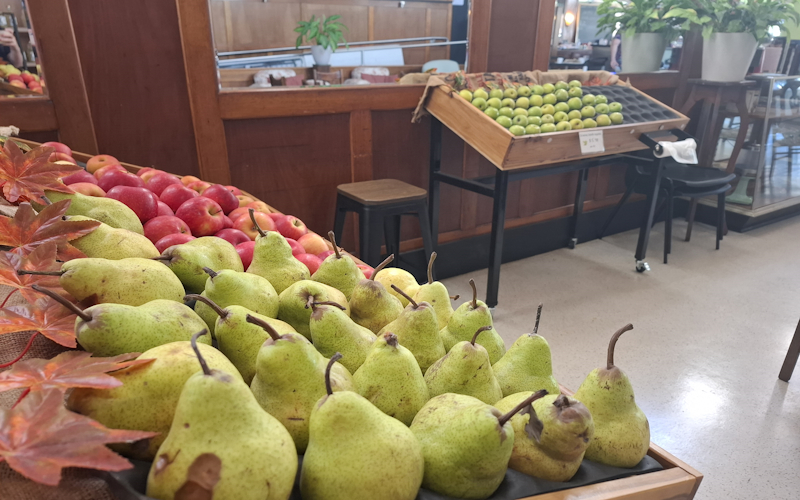Fossicking and Geology
The Gwydir Shire has a very varied geology, with volcanic eruptions precipitating various minerals from deep within the earth, and others being exposed by erosion and weathering. The Peel Fault, which runs across the Shire, has helped in the process.
Originally known for gold and tin, the Bingara area later became a source of diamonds. Further north, around Warialda, only 80km from the now-closed coal mine at Ashford, there is plenty of petrified wood (including some opalised) to be found. While coal is formed by giant plants and ferns falling into swamps and becoming compressed, trees petrify when they are covered with enough sediment to prevent rotting, and groundwater rich in mineral solids flows through it.
Jasper and chert are found in creeks and rivers across the Shire and are the result of volcanic ash or fine pyroclastic particles.
Plenty of quartz is also to be found, formed from molten magma and is, of course, associated with gold.
Fossicking opportunities are to be found across the Gwydir Shire; in the Warialda area there are plenty of fossilised trees, Warialda Rail (also known as Kelly’s Gully) produces some fossils, and the elusive diamonds will baffle all but the most experienced fossicker.
Go to the Junction Park at the northern end of Maitland Street in Bingara or Apex Park in Warialda on the Gwydir Highway to see an inspired geological cross-section of the Shire, featuring boulders brought from each major geological zone.










